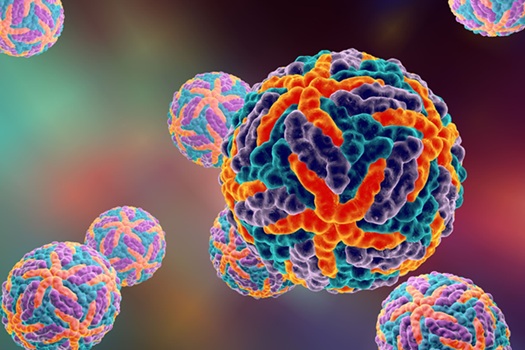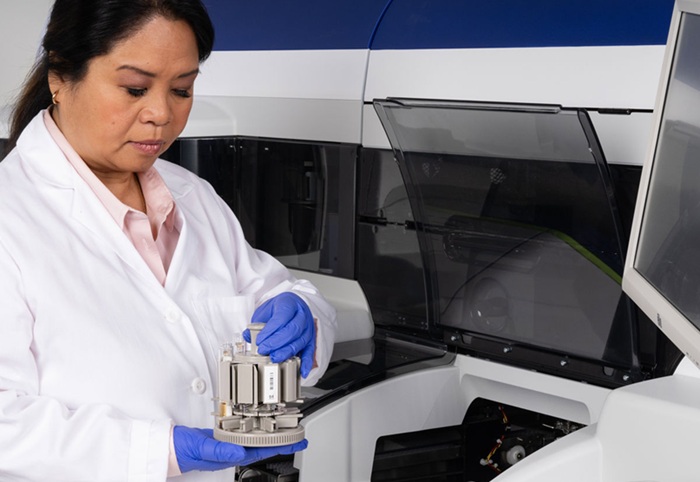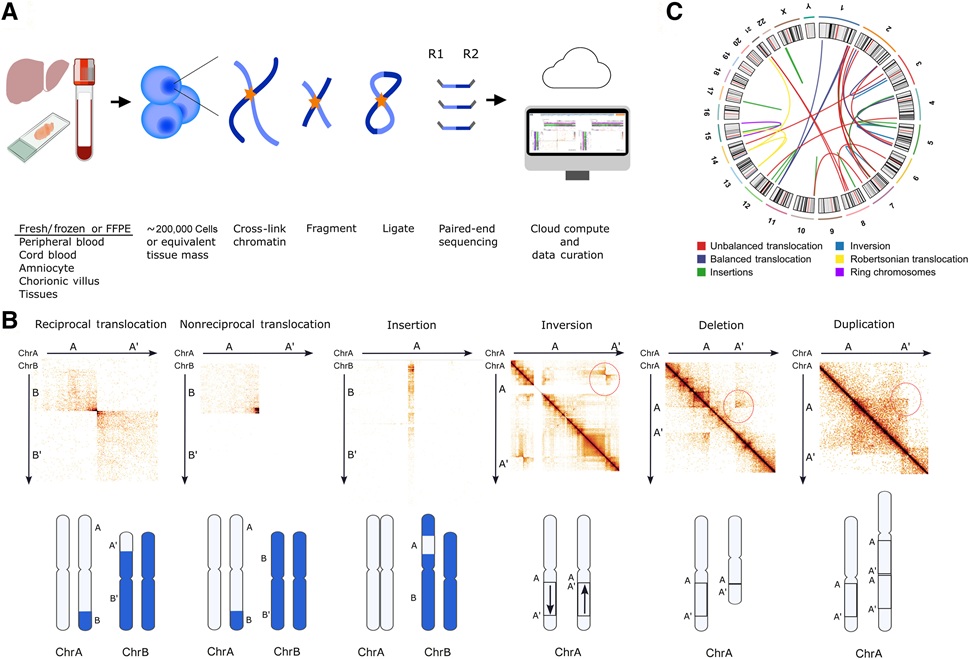Gel and Capillary Electrophoresis Compared for Human Proteins
|
By LabMedica International staff writers Posted on 12 May 2021 |
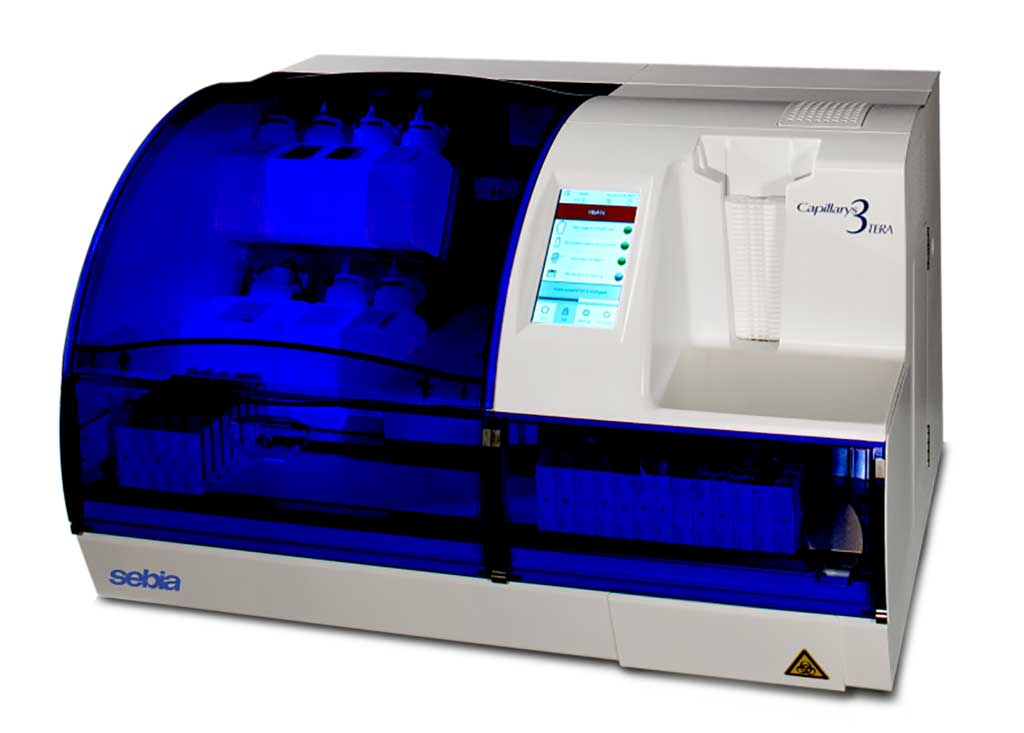
Image: The Capillarys 3 TERA is an automated analyzer based on capillary zone electrophoresis and UV detection for the quantitative analysis of Hba1c, proteins (serum and urine), immunotyping (serum and urine), and carbohydrate deficient transferrin (Photo courtesy of Sebia)
The electrophoresis of serum proteins remains a laboratory cornerstone for the diagnosis and monitoring of patients with plasma cell disorders, such as monoclonal gammopathy of undetermined significance, multiple myeloma, Waldenström macroglobulinemia, and AL amyloidosis.
Gel electrophoresis remains the method used by most clinical laboratories in the USA. However usage of gel electrophoresis is gradually decreasing while that of capillary electrophoresis is increasing. More recently, analysis of liquid media by capillary electrophoresis was developed and applied to the analysis of serum proteins for clinical purposes.
Laboratory Immunologists at The Johns Hopkins School of Medicine (Baltimore, MD, USA) tested all serum samples analyzed by the immunology laboratory over the course of eight days for routine clinical purposes during the months of October and November 2019, totaling 304 sera. There were 160 females (62 ± 16 years, range 19 -95) and 144 males (65 ± 14 years, range 23-97), with no significant difference in age according to sex.
Sera were first ran using the system currently in use, which consists of a thin-layer agarose gel, HYDRAGEL 30 Protein (E) (Sebia, Lisses, France) and the Sebia Hydrasys 2 semi-automated analyzer. Sera were then assayed on the Sebia Capillarys III TERA automated analyzer using CAPI 3 Protein (E) reagents. Serum immunofixation electrophoresis (SIFE) was performed in 214 of the total 304 sera because already ordered by the provider for most cases. Sera were pre-diluted according to the immunoglobulin G, A, and M concentrations, and then ran on the immunofixation system currently in use, which consists of a thin-layer agarose gel (HYDRAGEL IF 2/4, from Sebia) and the Hydrasys 2 semi-automated analyzer.
The scientists reported that Gel and capillary estimated the concentration of albumin, gamma region, and M-spikes nearly perfectly, and that of beta, alpha-2, and alpha-1 regions with excellent correlation. The two systems classified concordantly 268 of 304 sera (88% agreement) as having no, one, or two M-spikes, but differed in the remaining 36 sera (12%). Gel electrophoresis correctly identified M-spikes in 82 of 112 sera that were shown to have monoclonal band(s) by immunofixation (73% sensitivity), and correctly did not reveal M-spikes in 97/102 sera that had no immunofixation bands (95% specificity). Capillary achieved slightly higher sensitivity (85/112, 76%) and slightly lower specificity (94/102, 92%), but the two areas under the ROC curves were nearly identical at 0.84.
The authors concluded that Gel and capillary electrophoresis systems perform similarly to estimate the concentration of serum protein fractions and detect M-spikes. The Capillarys system has the disadvantages of a higher equipment cost and requiring a greater sample volume. On the other hand, Capillarys requires less involvement of laboratory technicians, offers a faster turn-around time, identifies the specimens they are being analyzed, does not depend upon the chemicals needed to stain and destain the gels, and is more amenable to remote reporting. The study was published on April 29, 2021 in the journal Practical Laboratory Medicine.
Related Links:
The Johns Hopkins School of Medicine
Sebia
Gel electrophoresis remains the method used by most clinical laboratories in the USA. However usage of gel electrophoresis is gradually decreasing while that of capillary electrophoresis is increasing. More recently, analysis of liquid media by capillary electrophoresis was developed and applied to the analysis of serum proteins for clinical purposes.
Laboratory Immunologists at The Johns Hopkins School of Medicine (Baltimore, MD, USA) tested all serum samples analyzed by the immunology laboratory over the course of eight days for routine clinical purposes during the months of October and November 2019, totaling 304 sera. There were 160 females (62 ± 16 years, range 19 -95) and 144 males (65 ± 14 years, range 23-97), with no significant difference in age according to sex.
Sera were first ran using the system currently in use, which consists of a thin-layer agarose gel, HYDRAGEL 30 Protein (E) (Sebia, Lisses, France) and the Sebia Hydrasys 2 semi-automated analyzer. Sera were then assayed on the Sebia Capillarys III TERA automated analyzer using CAPI 3 Protein (E) reagents. Serum immunofixation electrophoresis (SIFE) was performed in 214 of the total 304 sera because already ordered by the provider for most cases. Sera were pre-diluted according to the immunoglobulin G, A, and M concentrations, and then ran on the immunofixation system currently in use, which consists of a thin-layer agarose gel (HYDRAGEL IF 2/4, from Sebia) and the Hydrasys 2 semi-automated analyzer.
The scientists reported that Gel and capillary estimated the concentration of albumin, gamma region, and M-spikes nearly perfectly, and that of beta, alpha-2, and alpha-1 regions with excellent correlation. The two systems classified concordantly 268 of 304 sera (88% agreement) as having no, one, or two M-spikes, but differed in the remaining 36 sera (12%). Gel electrophoresis correctly identified M-spikes in 82 of 112 sera that were shown to have monoclonal band(s) by immunofixation (73% sensitivity), and correctly did not reveal M-spikes in 97/102 sera that had no immunofixation bands (95% specificity). Capillary achieved slightly higher sensitivity (85/112, 76%) and slightly lower specificity (94/102, 92%), but the two areas under the ROC curves were nearly identical at 0.84.
The authors concluded that Gel and capillary electrophoresis systems perform similarly to estimate the concentration of serum protein fractions and detect M-spikes. The Capillarys system has the disadvantages of a higher equipment cost and requiring a greater sample volume. On the other hand, Capillarys requires less involvement of laboratory technicians, offers a faster turn-around time, identifies the specimens they are being analyzed, does not depend upon the chemicals needed to stain and destain the gels, and is more amenable to remote reporting. The study was published on April 29, 2021 in the journal Practical Laboratory Medicine.
Related Links:
The Johns Hopkins School of Medicine
Sebia
Latest Immunology News
- Chip Captures Cancer Cells from Blood to Help Select Right Breast Cancer Treatment
- Blood-Based Liquid Biopsy Model Analyzes Immunotherapy Effectiveness
- Signature Genes Predict T-Cell Expansion in Cancer Immunotherapy
- Molecular Microscope Diagnostic System Assesses Lung Transplant Rejection
- Blood Test Tracks Treatment Resistance in High-Grade Serous Ovarian Cancer
- Luminescent Probe Measures Immune Cell Activity in Real Time
- Blood-Based Immune Cell Signatures Could Guide Treatment Decisions for Critically Ill Patients
- Novel Tool Predicts Most Effective Multiple Sclerosis Medication for Patients
- Companion Diagnostic Test for CRC Patients Identifies Eligible Treatment Population
- Novel Tool Uses Deep Learning for Precision Cancer Therapy
- Companion Diagnostic Test Identifies HER2-Ultralow Breast Cancer and Biliary Tract Cancer Patients
- Novel Multiplex Assay Supports Diagnosis of Autoimmune Vasculitis
- Blood Test Predicts Immunotherapy Efficacy in Triple-Negative Breast Cancer
- Simple Genetic Testing Could Predict Treatment Success in Multiple Sclerosis Patients
- Novel Gene Signature Predicts Immunotherapy Response in Advanced Kidney Cancers
- New Technology Deciphers Immune Cell Communication to Predict Immunotherapy Response
Channels
Clinical Chemistry
view channel
VOCs Show Promise for Early Multi-Cancer Detection
Early cancer detection is critical to improving survival rates, but most current screening methods focus on individual cancer types and often involve invasive procedures. This makes it difficult to identify... Read more
Portable Raman Spectroscopy Offers Cost-Effective Kidney Disease Diagnosis at POC
Kidney disease is typically diagnosed through blood or urine tests, often when patients present with symptoms such as blood in urine, shortness of breath, or weight loss. While these tests are common,... Read moreMolecular Diagnostics
view channel
New Biomarker Panel to Improve Heart Failure Diagnosis in Women
Heart failure affects millions worldwide, yet many women are still misdiagnosed or diagnosed too late. Although heart failure broadly means the heart cannot pump enough blood to the body’s cells, its two... Read more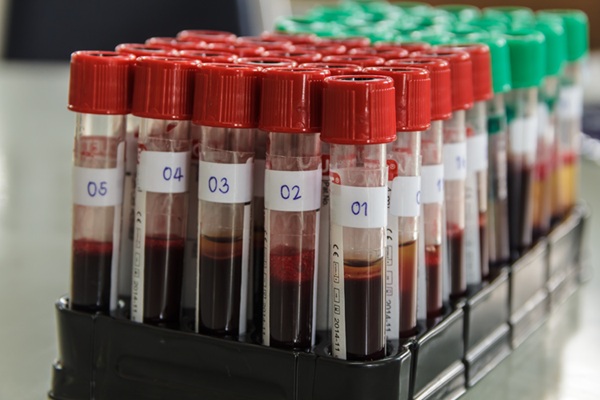
Dual Blood Biomarkers Improve ALS Diagnostic Accuracy
Diagnosing amyotrophic lateral sclerosis (ALS) remains difficult even with advanced imaging and genetic tools, especially when clinicians must distinguish it from other neurodegenerative conditions that... Read moreHematology
view channel
ADLM’s New Coagulation Testing Guidance to Improve Care for Patients on Blood Thinners
Direct oral anticoagulants (DOACs) are one of the most common types of blood thinners. Patients take them to prevent a host of complications that could arise from blood clotting, including stroke, deep... Read more
Viscoelastic Testing Could Improve Treatment of Maternal Hemorrhage
Postpartum hemorrhage, severe bleeding after childbirth, remains one of the leading causes of maternal mortality worldwide, yet many of these deaths are preventable. Standard care can be hindered by delays... Read more
Pioneering Model Measures Radiation Exposure in Blood for Precise Cancer Treatments
Scientists have long focused on protecting organs near tumors during radiotherapy, but blood — a vital, circulating tissue — has largely been excluded from dose calculations. Each blood cell passing through... Read moreMicrobiology
view channel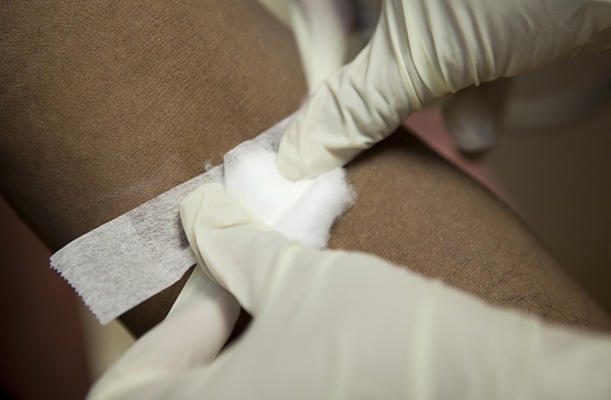
15-Minute Blood Test Diagnoses Life-Threatening Infections in Children
Distinguishing minor childhood illnesses from potentially life-threatening infections such as sepsis or meningitis remains a major challenge in emergency care. Traditional tests can take hours, leaving... Read more
High-Throughput Enteric Panels Detect Multiple GI Bacterial Infections from Single Stool Swab Sample
Gastrointestinal (GI) infections are among the most common causes of illness worldwide, leading to over 1.7 million deaths annually and placing a heavy burden on healthcare systems. Conventional diagnostic... Read morePathology
view channel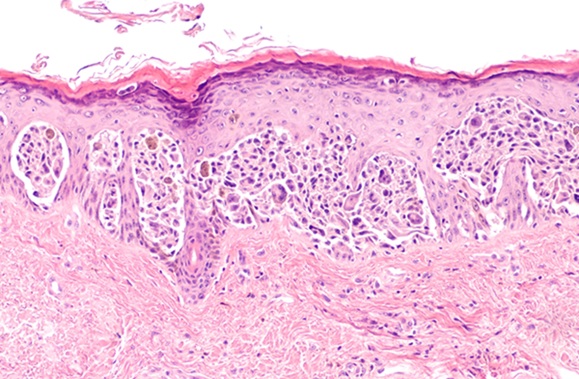
AI Tool Improves Accuracy of Skin Cancer Detection
Diagnosing melanoma accurately in people with darker skin remains a longstanding challenge. Many existing artificial intelligence (AI) tools detect skin cancer more reliably in lighter skin tones, often... Read more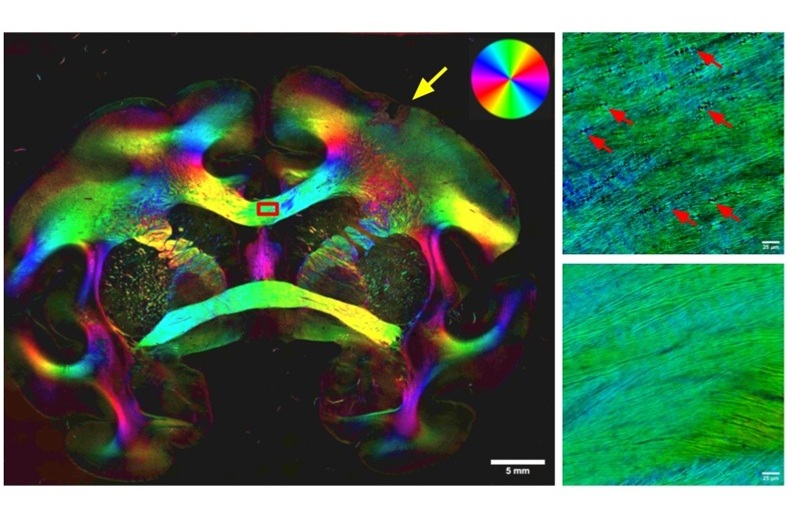
Highly Sensitive Imaging Technique Detects Myelin Damage
Damage to myelin—the insulating layer that helps brain cells function efficiently—is a hallmark of many neurodegenerative diseases, age-related decline, and traumatic injuries. However, studying this damage... Read moreTechnology
view channel
AI Model Achieves Breakthrough Accuracy in Ovarian Cancer Detection
Early diagnosis of ovarian cancer remains one of the toughest challenges in women’s health. Traditional tools such as the Risk of Ovarian Malignancy Algorithm (ROMA) can struggle to distinguish between... Read more
Portable Biosensor Diagnoses Psychiatric Disorders Using Saliva Samples
Early diagnosis of psychiatric disorders such as depression, schizophrenia, and bipolar disorder remains one of medicine’s most pressing challenges. Current diagnostic methods rely heavily on clinical... Read more
Cell-Sorting Device Uses Electromagnetic Levitation to Precisely Direct Cell Movement
Sorting different cell types—such as cancerous versus healthy or live versus dead cells—is a critical task in biology and medicine. However, conventional methods often require labeling, chemical exposure,... Read moreIndustry
view channel
Co-Diagnostics Forms New Business Unit to Develop AI-Powered Diagnostics
Co-Diagnostics, Inc. (Salt Lake City, UT, USA) has formed a new artificial intelligence (AI) business unit to integrate the company's existing and planned AI applications into its Co-Dx Primer Ai platform.... Read more









 Analyzer.jpg)



